Diethyl chlorophosphate
Diethylphosphoryl chloride ; Diethyl chlorophosphonate ; O,O-Diethyl phosphorochloridate ; Phosphoric acid diethyl ester chloride ; Phosphorochloridic acid O,O-diethyl ester ; Diethyl phosphorochloridate
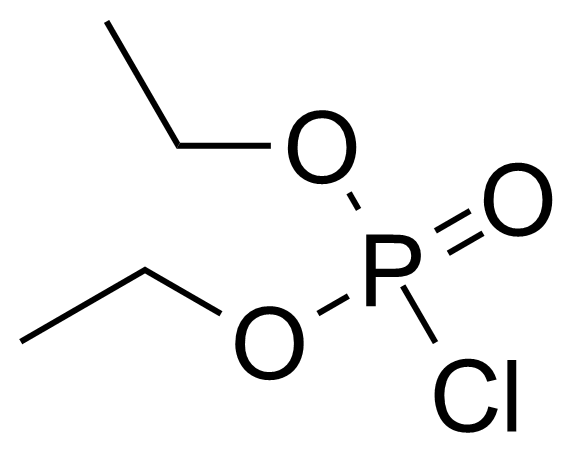
Für weitere Informationen oder eine Anfrage senden Sie uns bitte eine E-Mail oder nutzen Sie unser Kontaktformular
Regulatorische Informationen
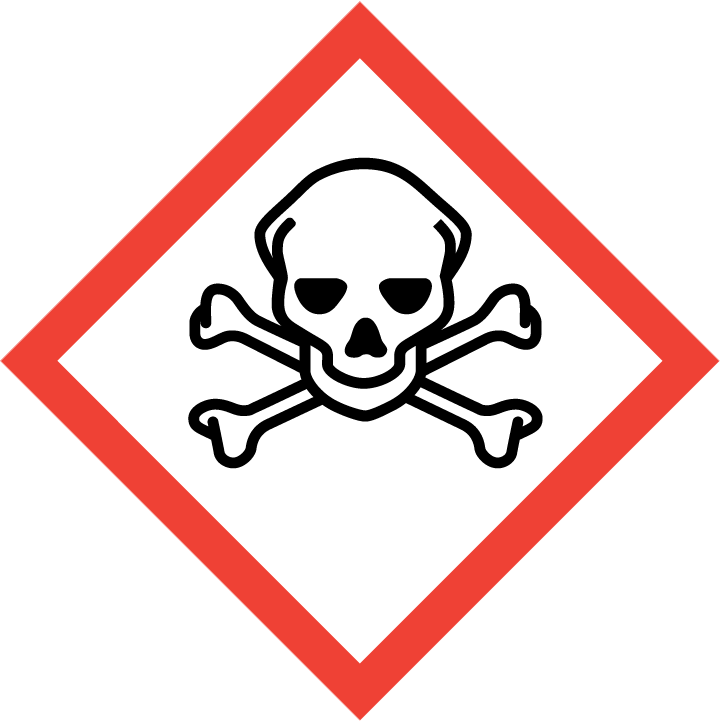
H300 – Lebensgefahr bei Verschlucken.
H310 – Lebensgefahr bei Hautkontakt.
H331 – Giftig bei Einatmen.
P262 – Nicht in die Augen, auf die Haut oder auf die Kleidung gelangen lassen.
P264 – Nach Gebrauch … gründlich waschen.
P280 – Schutzhandschuhe/Schutzkleidung/Augenschutz/Gesichtsschutz tragen.
P301+P310 – BEI VERSCHLUCKEN: Sofort GIFTINFORMATIONSZENTRUM oder Arzt anrufen.
P302+P352+P310 – EN CAS DE CONTACT AVEC LA PEAU : Laver abondamment à l’eau. Appeler immédiatement un CENTRE ANTIPOISON/médecin.
P304+P340 – BEI EINATMEN: An die frische Luft bringen und in einer Position ruhigstellen, die das Atmen erleichtert.
P311 – GIFTINFORMATIONSZENTRUM oder Arzt anrufen.
Produktkategorisierung
Beschreibung
Diethyl chlorophosphate ist eine nützliche chemische Verbindung mit vielfältigen Forschungsanwendungen. Wir freuen uns, qualitativ hochwertige Diethyl chlorophosphate in verschiedenen Größen (für Forschungs-, Pilotmaßstabs- oder Produktionsanwendungen) von Milligramm- bis Multi-Kilogramm-Chargen anbieten zu können, sodass Sie ganz einfach die richtige Menge für Ihre Bedürfnisse auswählen können.
Vollständige Beschreibung anzeigenGeneral description of Diethyl chlorophosphate:
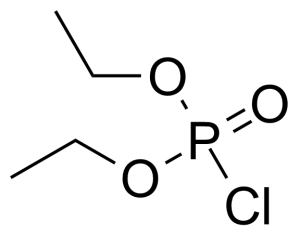 Diethyl chlorophosphate [814-49-3] or diethyl phosphorochloridate is a colorless to faith yellow clear liquid with the fruity odor and the boiling point of 60 °C/2 mmHg.[1] It acts as an cholinesterase inhibitor. It has high oral (LD50 = 11 mg/kg, rat) and very high dermal toxicity (LD50 = 8 μL/kg, rabbit), it is also toxic by inhalation.[2] This compound is typically prepared by the chlorination of diethylphosphite with carbon tetrachloride, which is called Atherton–Todd reaction.[3] Another option of preparation is reaction of phosphoryl chloride with ethanol in the presence of triethylamine.[4]
Diethyl chlorophosphate [814-49-3] or diethyl phosphorochloridate is a colorless to faith yellow clear liquid with the fruity odor and the boiling point of 60 °C/2 mmHg.[1] It acts as an cholinesterase inhibitor. It has high oral (LD50 = 11 mg/kg, rat) and very high dermal toxicity (LD50 = 8 μL/kg, rabbit), it is also toxic by inhalation.[2] This compound is typically prepared by the chlorination of diethylphosphite with carbon tetrachloride, which is called Atherton–Todd reaction.[3] Another option of preparation is reaction of phosphoryl chloride with ethanol in the presence of triethylamine.[4]Application of Diethyl chlorophosphate:
By using this substance, some ketones can be converted to enol phosphates which can be reduced to alkenes/alkanes or coupled with organometallic reagents to form substituted alkenes. Following enol phosphates can be then converted into β-keto phosphonates, useful for Horner-Emmons homologation.[5] It is also used in the synthesis of organophosphorus nerve agent mimics.[6] Phosphoroamidate linkages are found in a large array of biologically active natural products for example Microcin C7, Dinogunellin, Phosphoarginine, Phosphocreatine, Phosphoramidon, Phosmidosine and Agrocin.[7]Product categorization (Chemical groups):
Main category: ______________________________________________________________________________________Ähnliche Produkte
| Produktname | Struktur | CAS-Nr. | G-Code | |
|---|---|---|---|---|
| Neu | 2-Aminoethyl dihydrogen phosphate | 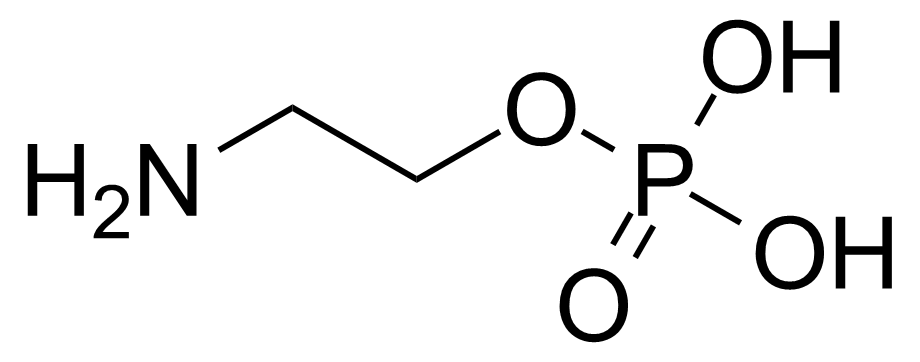 | [1071-23-4] | GEO-00129 |
| Neu | 2-Aminoethyl dihydrogen phosphate magnesium salt (2:1) | 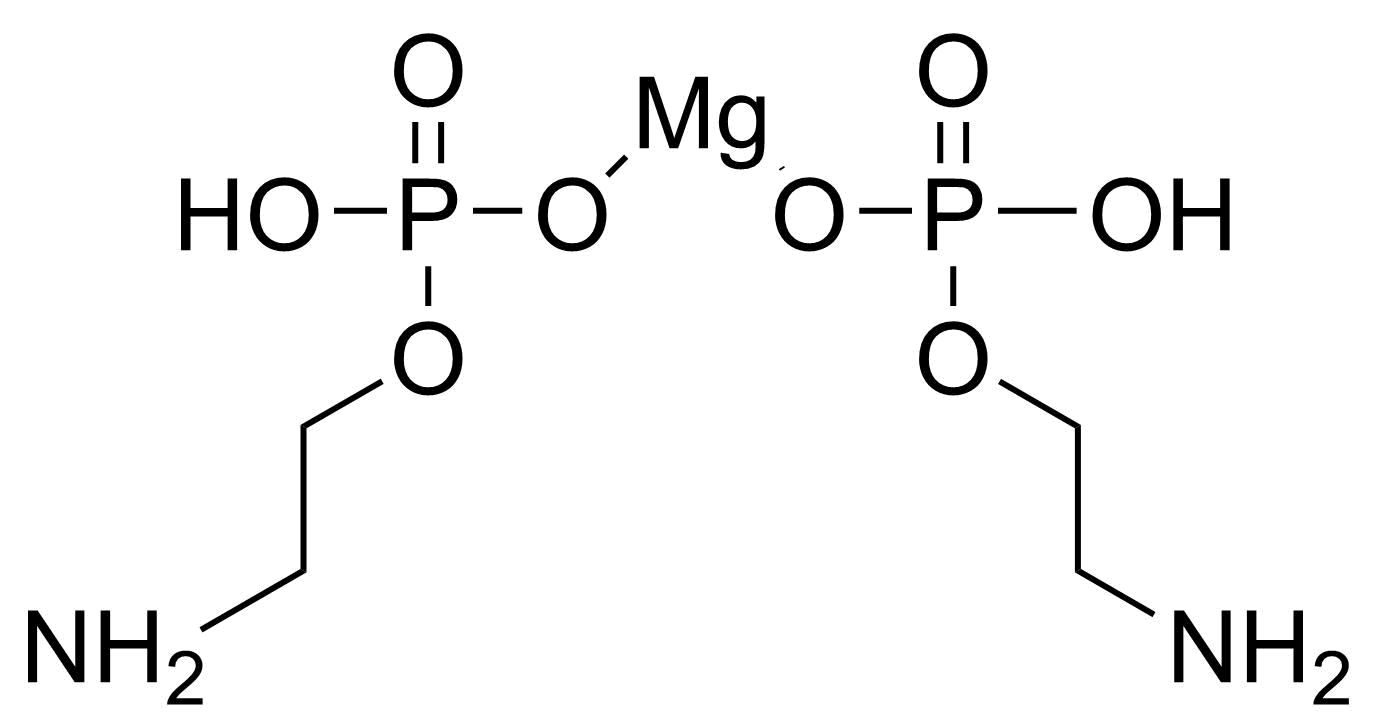 | N/A | GEO-04286 |
| Neu | (Aminomethyl)phosphonic acid | 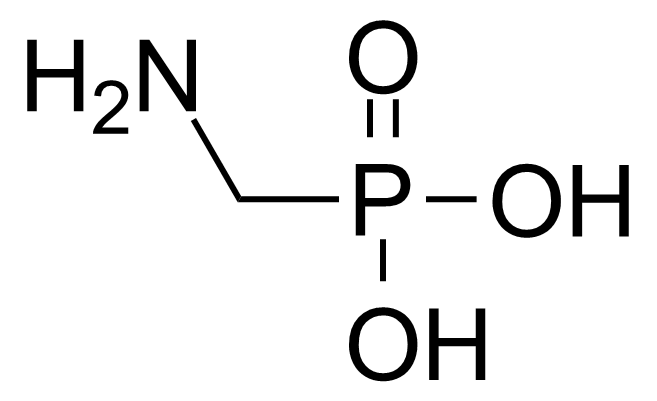 | [1066-51-9] | GEO-00169 |
| Neu | (3-Aminopropyl)phosphonic acid | 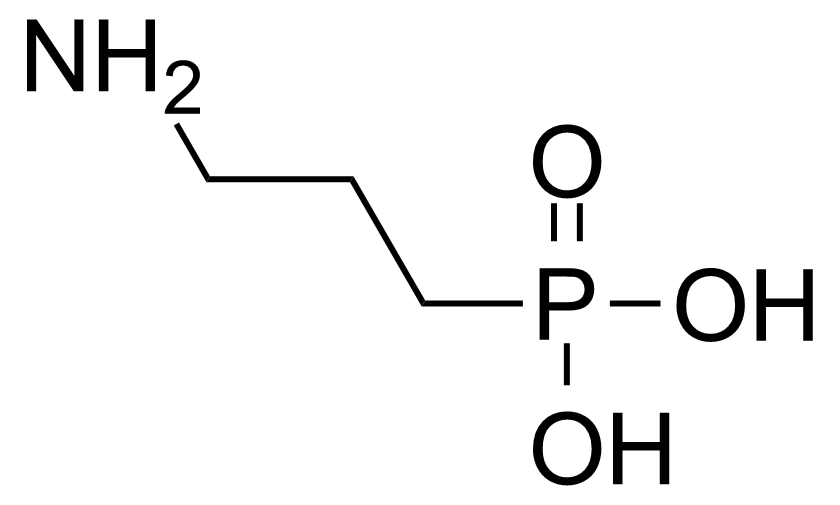 | [13138-33-5] | GEO-00218 |
| Neu | Benzo[d]isoxazol-3-yl diphenyl phosphate | ![Structure of Benzo[d]isoxazol-3-yl diphenyl phosphate](https://georganics.sk/wp-content/uploads/2021/05/GEO-00266_Benzodisoxazol-3-yl_diphenyl_phosphate.png) | [94820-31-2] | GEO-00266 |
| Neu | Benzyl dimethylphosphonoacetate | 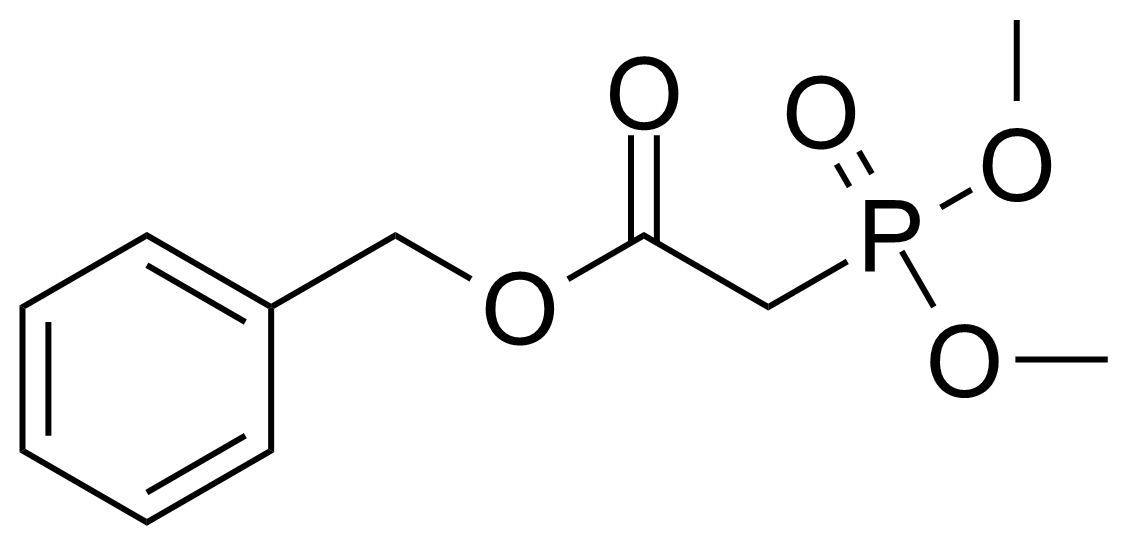 | [57443-18-2] | GEO-02882 |
| Neu | Benzyl(triphenylphosphoranylidene)acetate | 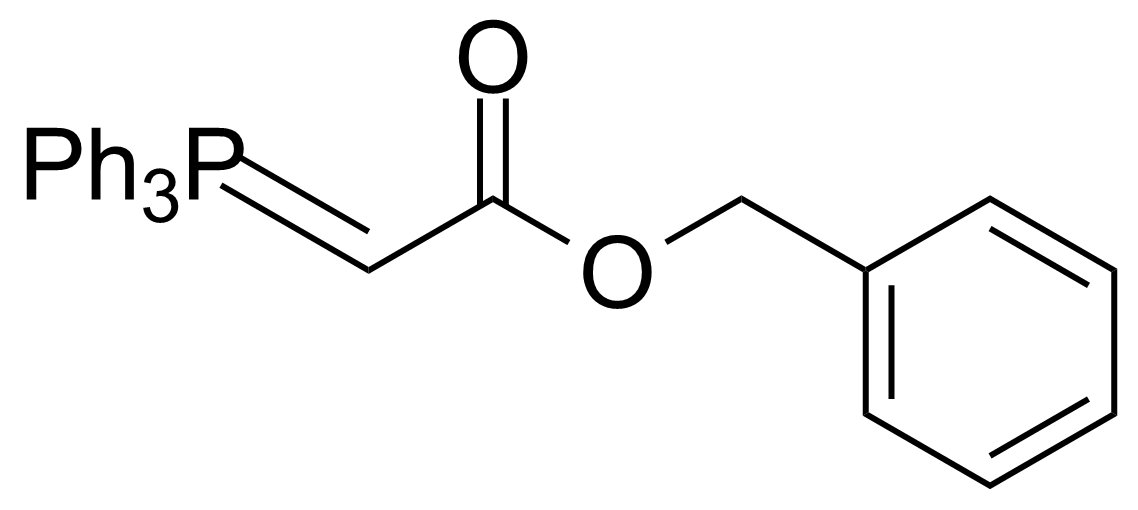 | [15097-38-8] | GEO-02511 |
| Neu | Bis(dichlorophosphino)methane | 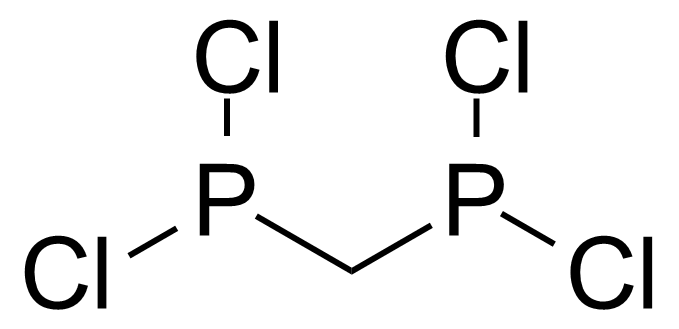 | [28240-68-8] | GEO-03420 |
| Bis(diethylamino)chlorophosphine | 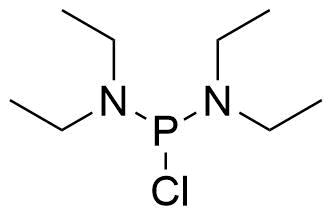 | [685-83-6] | GEO-04741 | |
| Neu | N,N-Bis(diphenylphosphino)amine | 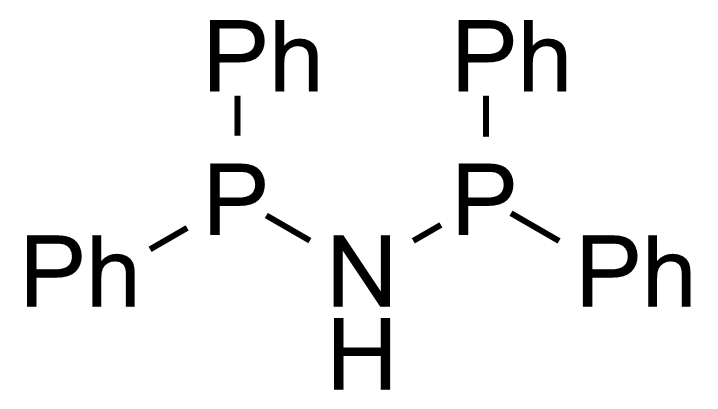 | [2960-37-4] | GEO-04010 |